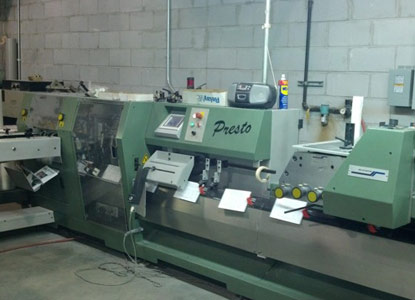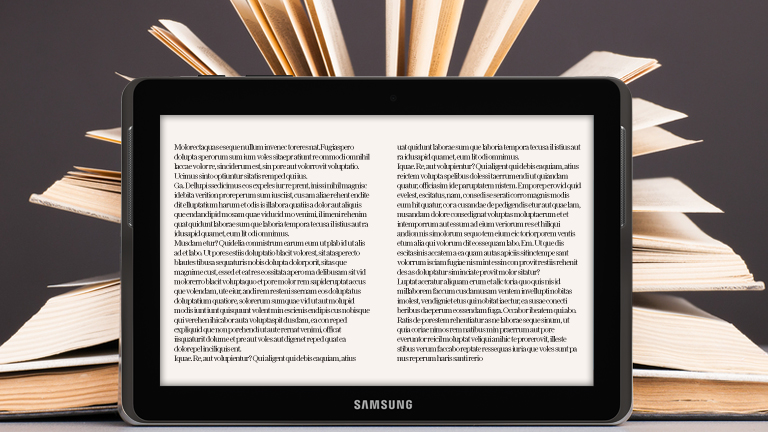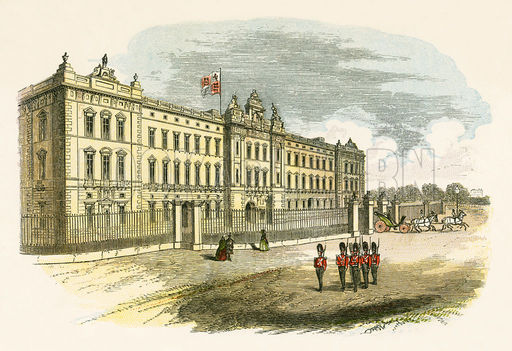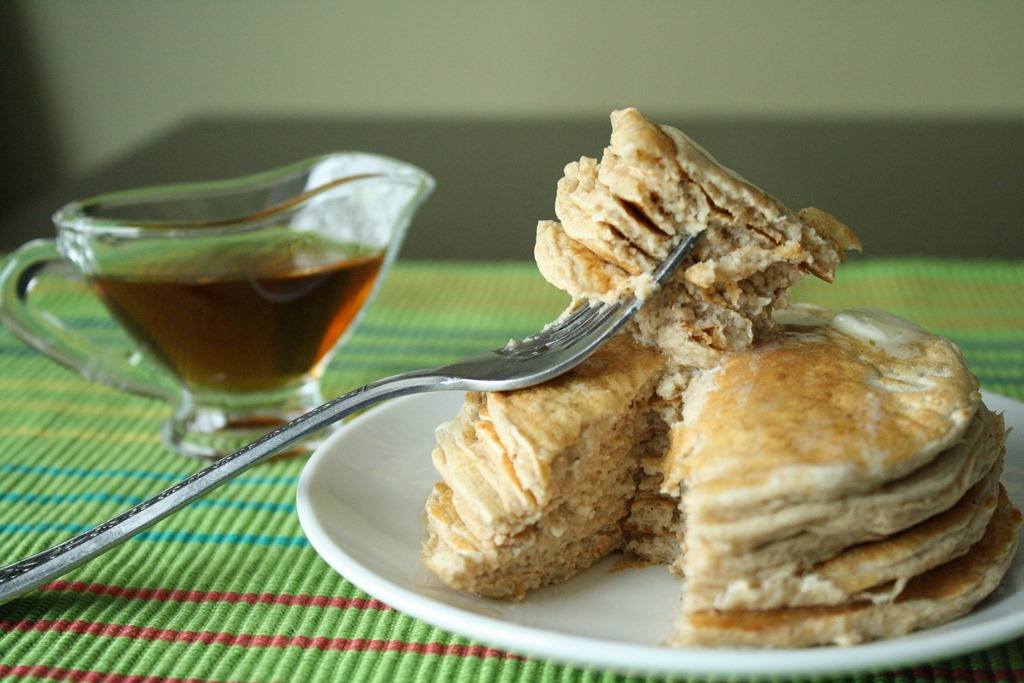Rotogravure is a system where information is engraved on a copper cylinder in a rotary printing machine, also known as rotogravure press. The vast majority of rotogravure printing processes are carried on rolls of paper, not sheets of paper.
This method of printing is the fastest, being able to print on labels as well as wide rolls up to 3.5 meters. Considering the high transfer capability of color that it has, this type of printing is often the ideal choice for high quality printing or photographic reproductions. Rotogravure printing is used for large circulation magazines with more than 1 million copies or catalogs for mail forwarding.
Rotogravure printing is mainly used for decoration of thermoformed pre-printed covers. This technology provides excellent contrast, opacity and a glossy final packaging, making it ideal for high quality designs. The printed image covers the entire surface of the cover meeting the expectations of premium brands.
Depending on the method used and the type of printing machine, the printing media can be printed in sheets, rolls or directly onto the packaging / print object. The nature of the printing media (sheets or rolls) determines the design of printing machines, which vary greatly due to the transport system of the media.
While the roller printing machine experienced fantastic increases in print speed due to the continuous transmission mode of the printing media, the elimination part of the offset sheet-fed machines is strongly influenced by the mechanics of the system.
The main advantage of rotogravure is undoubtedly the high quality reproduction of complicated design elements and color variations. In fact, the manufacturer, for whom accuracy, the in depth execution of images and small text is a priority, will always use rotogravure.
When applying the rotogravure printing type, even if each and every time, the same cylinders are used, a high level of repeatability, multiplicity and accuracy in reproducing the details of the drawing is still provided. And the quality and accuracy is practically not influenced by significant fluctuations in the settings of the machine, meaning that the human factor has a minor impact on the quality of the process.
As mentioned before, in rotogravure printing, sheetfed and webfed presses can be used. The difference between the two lies within the type of projects they are used for as follows: sheetfed gravure is used for limited production runs such as fine art prints, high quality art, advertising leaflets photographic book and higher denomination postage stamps; rotogravure aims larger runs of about 300,000 copies or more, resulting in weekly or monthly magazines, mail order catalogs, specialized packaging, wallpapers, and some decorative laminates.
The thing is both types require cylinder engraving, and proofing, processes that are often very expensive, thus demanding more money investments. Also correcting the colors or last-minute changes requires retouching the cylinder, a rather slow and very time-consuming process.
The point is that, you can still save some money buying a used rotogravure press instead a new one minimizing your acquisition costs. There are many models to choose from and they will do the job just as well. Looking for such a machine? The right place to find it is Usedpresses.org. You will surely find models from the best manufacturers in the world along any relevant information about them as things here are dealt only with professionalism.








